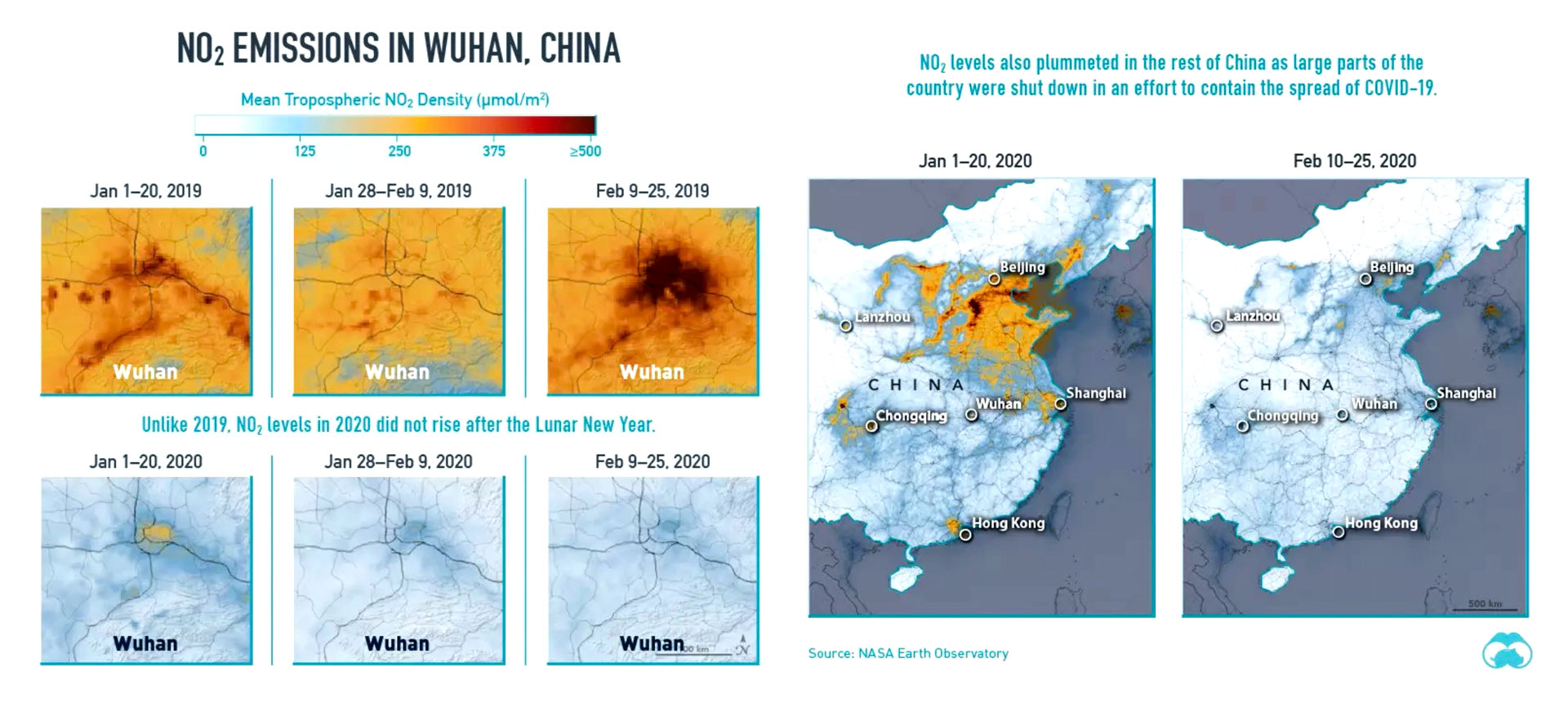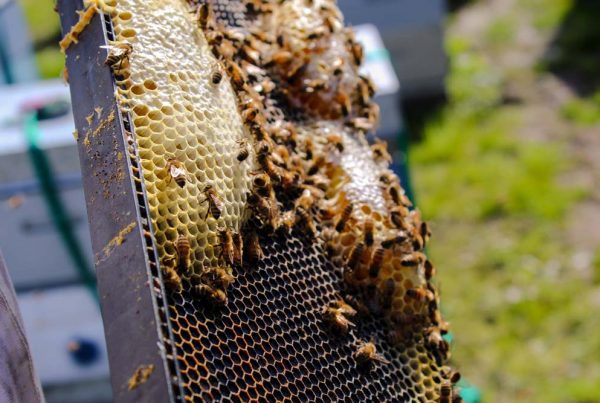
Inside the world’s largest lockdown, there are no flights, no passenger trains, no taxis and few functioning industries.
But one thing is remarkably abundant: cleaner air.
The world is engaged in a desperate bid to “flatten the curve” of COVID-19 cases, in the meantime the three-week lockdown is flattening something else — global pollution.
The speed of the change has surprised even experts, who say it is proof that dramatic improvements in pollution levels can be achieved, albeit at an enormous human and economic cost.
For example, only days after the lockdown began on March 25 in India, the level of particle pollution considered most harmful to human health fell by nearly 60 percent in New Delhi. Similar drops have occurred in other major Indian cities. In normal times, Delhi is the world’s most polluted cities. For much of the winter, air quality readings remained at levels that in the rest of the world are considered unhealthy or worse. In other parts of India, the Himalayan mountain range is visiblefrom a distance for the first time in years.
Even with the enormous human and economic cost in mind, experts say that there are still lessons to be gleaned, including a chance to imagine a different future, a future where we can manage pollution levels and not return to ‘business as usual’ in regard to the ‘inevitability’ of high pollution levels. The decrease in pollution is a ‘proof of concept’ that demonstrates it is possible.
The challenge moving forward will be combining the essential need to ensure a country’s people with a sustainable economic livelihood and with environmental policy changes — such as phasing out dirty industrial fuels and accelerating the shift to environmentally friendly vehicles.
European Lockdown Reduces Emissions



